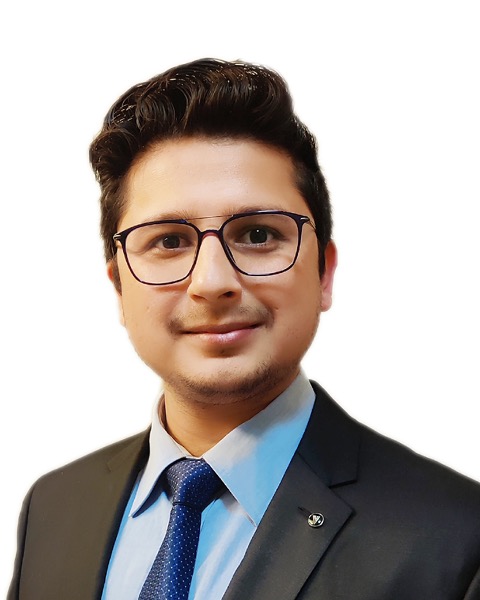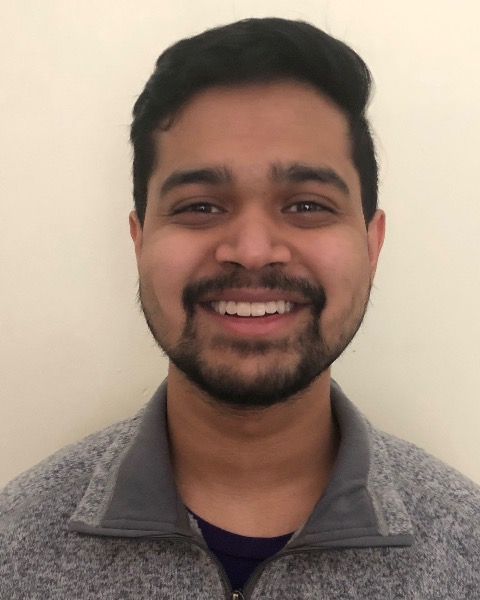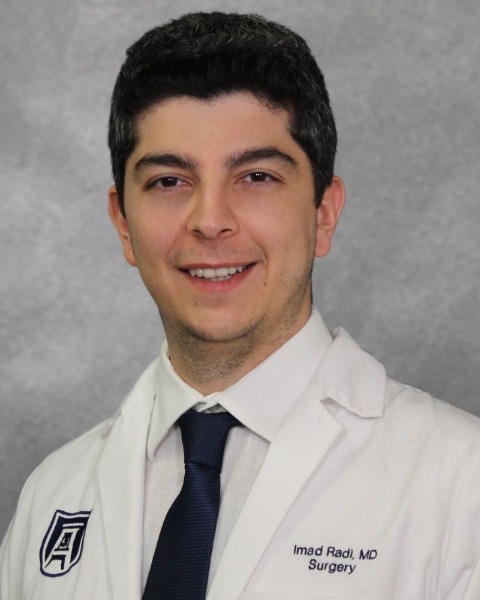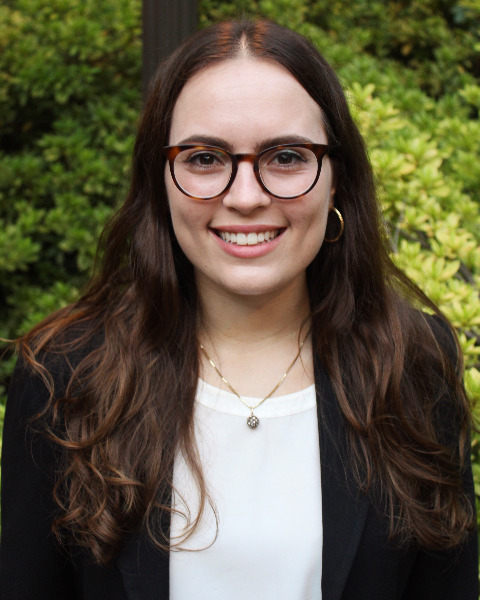Upper Gastrointestinal (lips to ileocecal valve, including esophagus and stomach)
E464: Clinicopathological Factors associated with Pathological Complete Response in Patients Undergoing Neoadjuvant Therapy Followed by Esophagectomy

Ankit Dhiman, MBBS
General Surgery Resident
Department of Surgery, Georgia Cancer Center, Medical College of Georgia, Augusta University, Augusta, GA
Augusta, Georgia, United States
Ankit Dhiman, MBBS
General Surgery Resident
Department of Surgery, Georgia Cancer Center, Medical College of Georgia, Augusta University, Augusta, GA
Augusta, Georgia, United States
Ankit Dhiman, MBBS
General Surgery Resident
Department of Surgery, Georgia Cancer Center, Medical College of Georgia, Augusta University, Augusta, GA
Augusta, Georgia, United States
Siddharth Satuluru, B.S.
Medical Student
Medical College of Georgia
Johns Creek, Georgia, United States
Imad Radi, MD
PGY2 General Surgery resident
Medical College of Georgia
augusta, Georgia, United States- RP
Raag Patel, B.S.
Medical Student
Medical College of Georgia
Augusta, Georgia, United States 
Isabela Pavkov, B.S.
Medical Student
Medical College of Georgia, Augusta University, Augusta, GA, USA, United States- AK
Aghapy Kirolos, n/a
Postdoc Research fellow
Medical College of Georgia, United States - JK
John Kuckelman, DO
Assistant Professor
Section of Thoracic Surgery, Department of Surgery, Medical College of Georgia, Augusta University, Augusta, GA, United States - DM
Daniel L. Miller, MD
Professor and Director
Section of Thoracic Surgery, Department of Surgery, Georgia Cancer Center, Medical College of Georgia, Augusta University, Augusta, GA, United States - DY
Danny Yakoub, MD, PhD, FACS
Chief of Surgical Oncology
Department of Surgery, Medical College of Georgia, Augusta University, Augusta, GA, USA, United States
ePoster Abstract Author(s)
Submitter(s)
Author(s)
Pathological complete response (pCR) following neoadjuvant therapy for esophageal cancer is associated with a significant survival benefit and has the potential to change treatment. We aim to elucidate any patient- and/or treatment-related factors that may predict pCR.
Methods: The National Cancer Database (NCDB) from 2004 to 2020 was interrogated for esophageal cancer patients aged 20 to 80 years who were diagnosed with either squamous cell carcinoma (SCC) or adenocarcinoma (AC) of the mid or lower esophagus. All patients included underwent either neoadjuvant chemoradiation (CRT) or chemotherapy (CT) alone and had at least 15 nodes harvested. Uni- and multivariate logistic regression analyses were performed to identify the factors associated with pCR. We included demographics, clinical stage, tumor histology, number of lymph nodes examined, type of neoadjuvant therapy, and treating facility characteristics for analysis.
Results:
7,364 patients met the inclusion criteria with a median age of 63 years (interquartile range [IQR]: 56-69). Most were men (85%), with AC (86%), and 90% underwent neoadjuvant CRT (median radiation dose: 45 Gy; IQR: 45-50.4). Following curative resection, pCR was present in 18.5%. Those with pCR had higher median overall survival (OS) than those without pCR (96 months vs. 41 months, p < 0.0001). In multivariate analysis, age > 63 years (Odds Ratio [OR]: 1.14, p = 0.04), SCC (OR: 2.33, p < 0.001), CRT (OR: 1.67, p =0.006), higher radiation dose (OR: 1.00008, p = 0.03) and treatment at academic centers (OR: 1.7, p = 0.009) were significantly associated with pCR. Similarly, in patients who had only neoadjuvant CRT, age > 63 years (OR: 1.15, p = 0.04), SCC (OR: 2.35, p < 0.001), higher radiation dose (OR: 1.0001, p = 0.02), and treatment at academic centers (OR: 1.7, p = 0.01) were significantly associated with pCR, Table 1.
Conclusions:
This database analysis identified that increased age, squamous cell cancer, neoadjuvant chemoradiation, and treatment in academic centers were associated with pCR. Additionally, the efficacy of radiation appeared to be dose-dependent. This information could potentially help design future clinical trials and ultimately modify current esophageal oncologic treatment algorithms.
Learning Objectives:
- Upon completion, participants will be able to define the clinicopathological factors associated with pathological complete response in patients with esophageal cancer undergoing neoadjuvant therapy followed by esophagectomy.
- Upon completion, participants will be able to understand the importance of factors associated with pathological complete response in tailoring the treatment of esophageal cancer.
- Upon completion, participants will be able to utilize this large population-based data analysis in designing the clinical trials to better define the neoadjuvant treatment in esophageal cancer.
